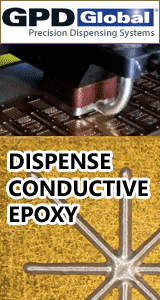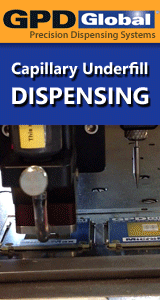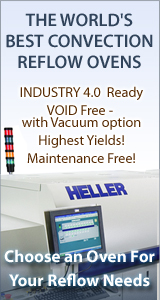Bayanbaru, We do ours like this. We don't care per se about machine utilization. The actuaries have figured out that the facility costs $X per minute to run, this includes wages, utilities, consumables, machine payments, depreciation and whatever else. If I run 60 pcbs in 60 minutes on one machine ( not line ) then the cost is time/pcbs x $X x 1machine = 60min/60pcbs x $X x 1 machine = each pcb has cost $1X. However if I run the same job on two machines and it taxes me 38 minutes then the cost is 38mins/60pcbs x $X x 2 machines = .63 x $X x 2 = $1.26X. So even though I can put a set amount of product in less time, the cost per product is more. Crazy you say? Try it. If this method doesn't tell you who your best operators are and which of your lines are the most efficient, I'll be surprised. It drives you to find ways of increasing efficiency. If you increase a line from one to two machines you do not get a %100 increase in output, even with perfect line balancing the best you will do is about %80. See, if you've got three high speed placers in a line you can belt out a lot of product and your output looks great, however it might actually cost you less per product if you put 'em on an old 6021 series and just plodded along. I personally think our system has its drawbacks and it certainly makes life difficult for me sometimes, but, it keeps you on your toes! Regards, Darby.
reply »
![]() Hello,
Does anyone calculate the Chip Shooter utilization...
- Jul 27, 2001
by
Hello,
Does anyone calculate the Chip Shooter utilization...
- Jul 27, 2001
by
![]()
![]() Bayanbaru,
We do ours like this. We don't care per se about...
- Aug 01, 2001
by
Frank
Bayanbaru,
We do ours like this. We don't care per se about...
- Aug 01, 2001
by
Frank
![]()







